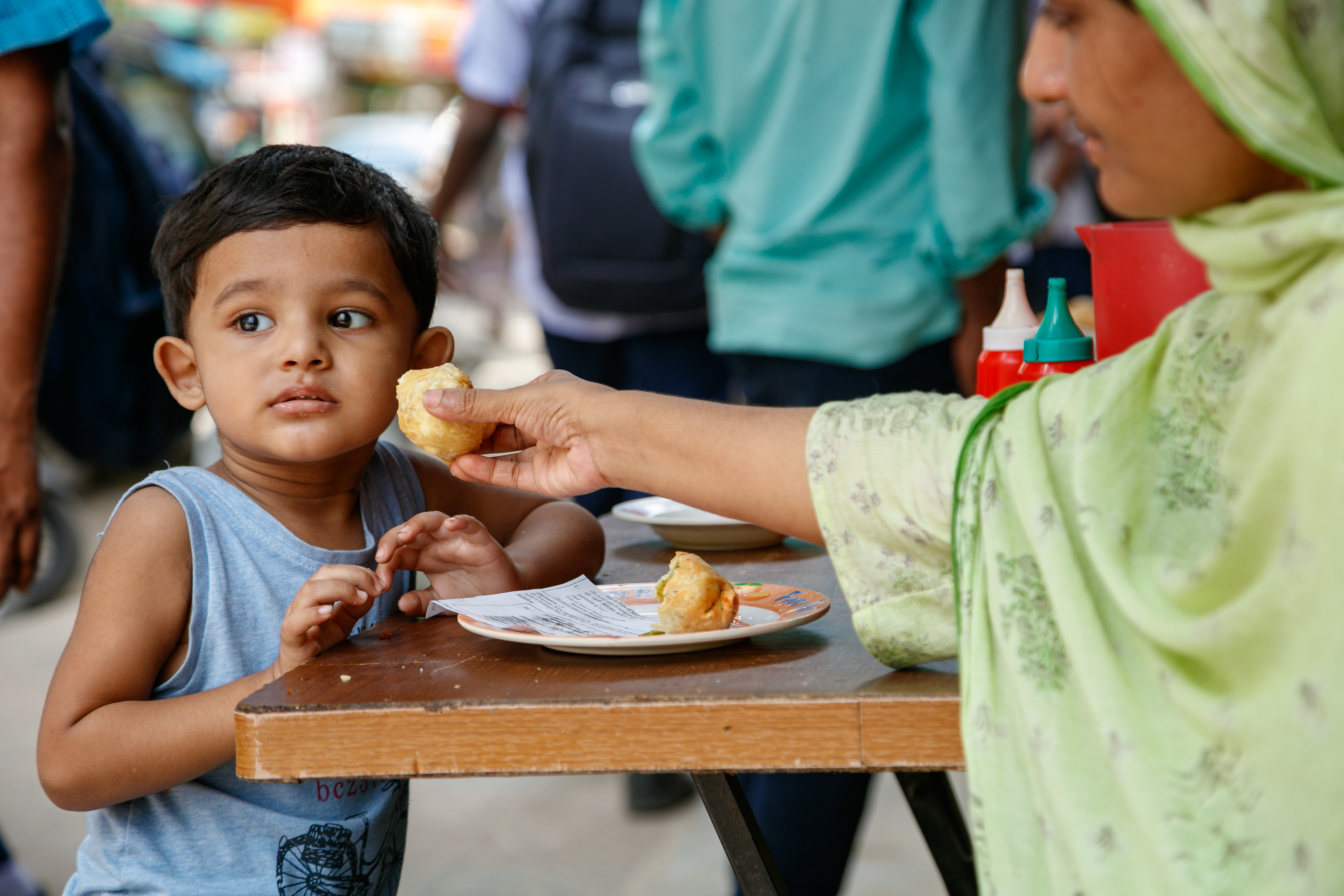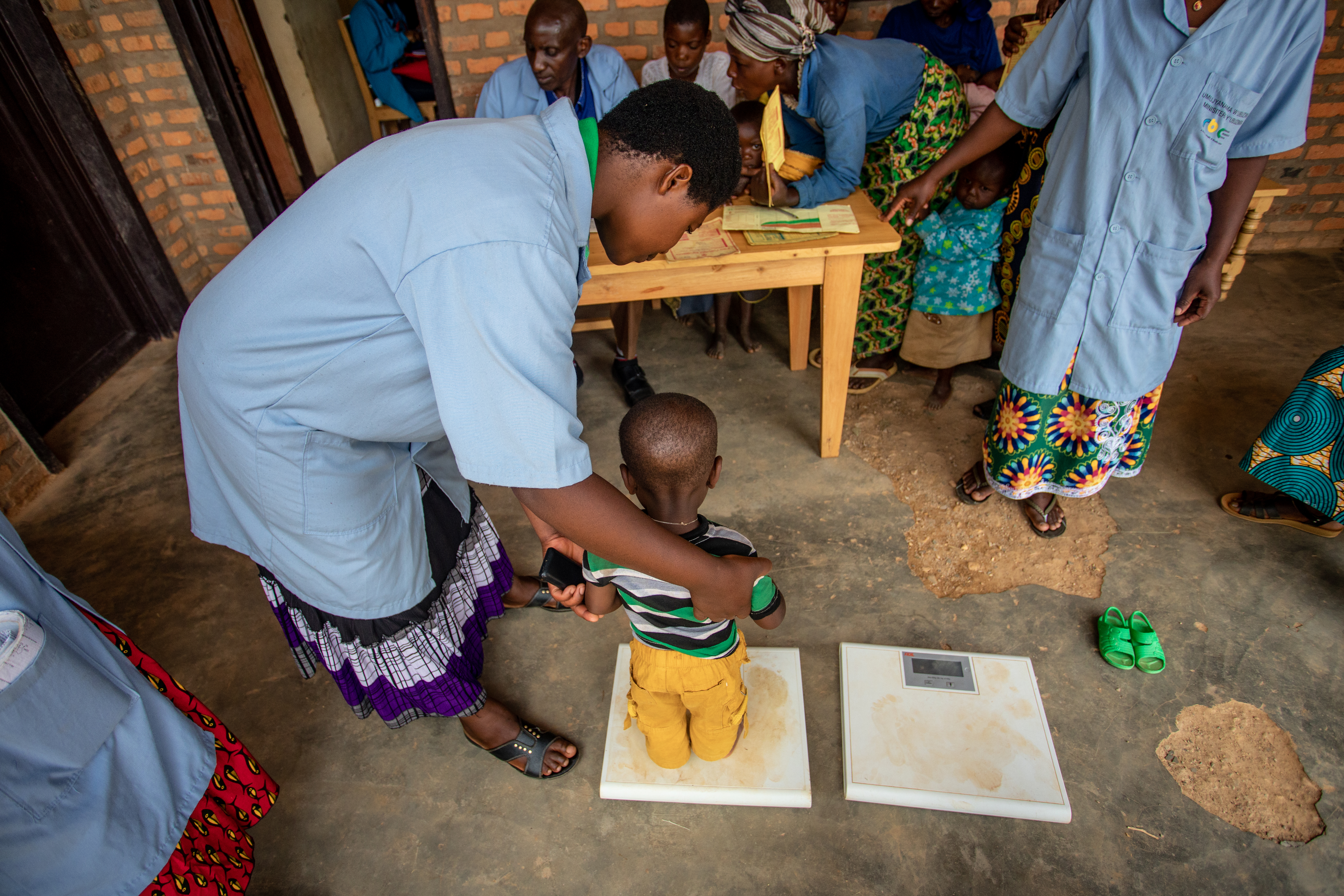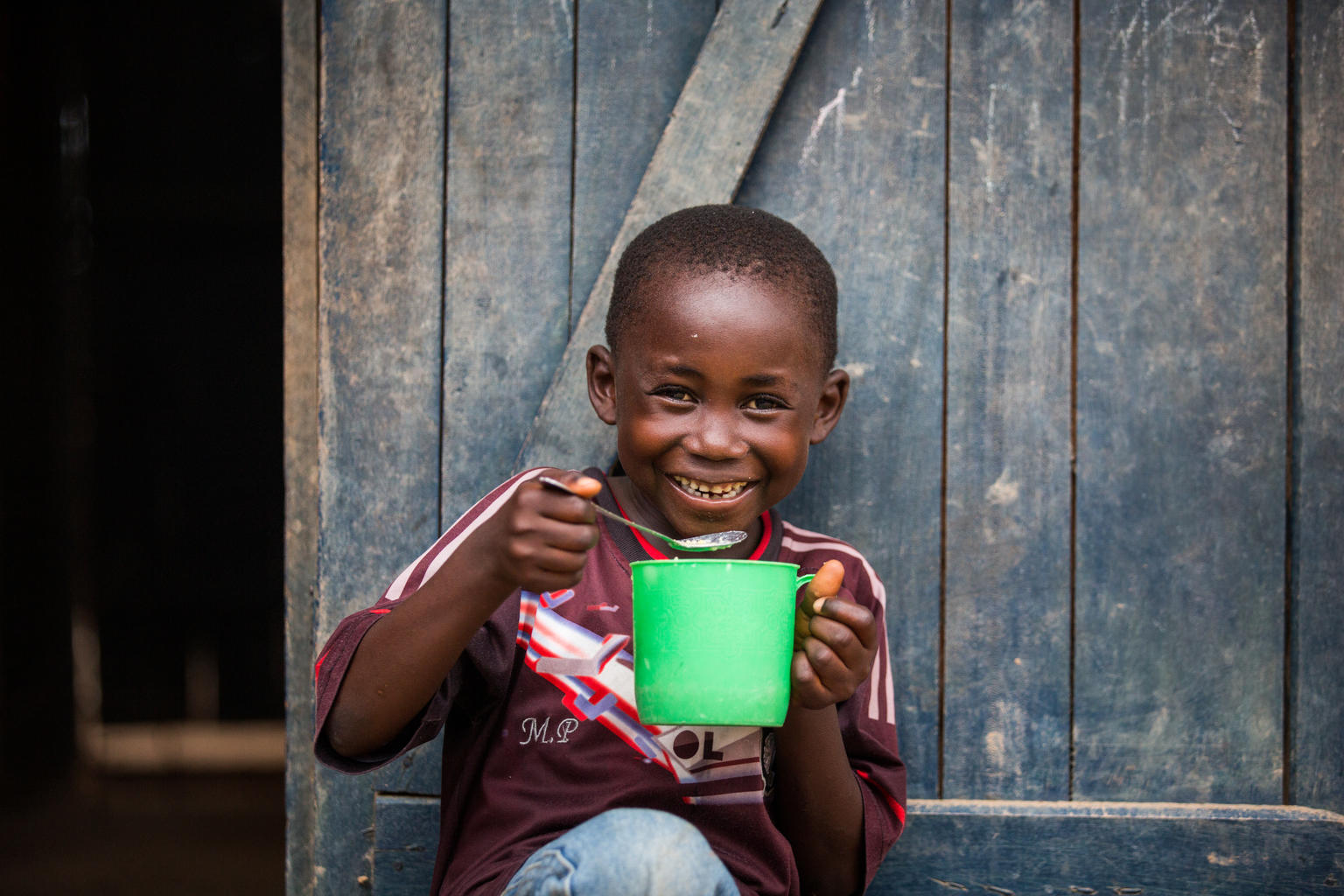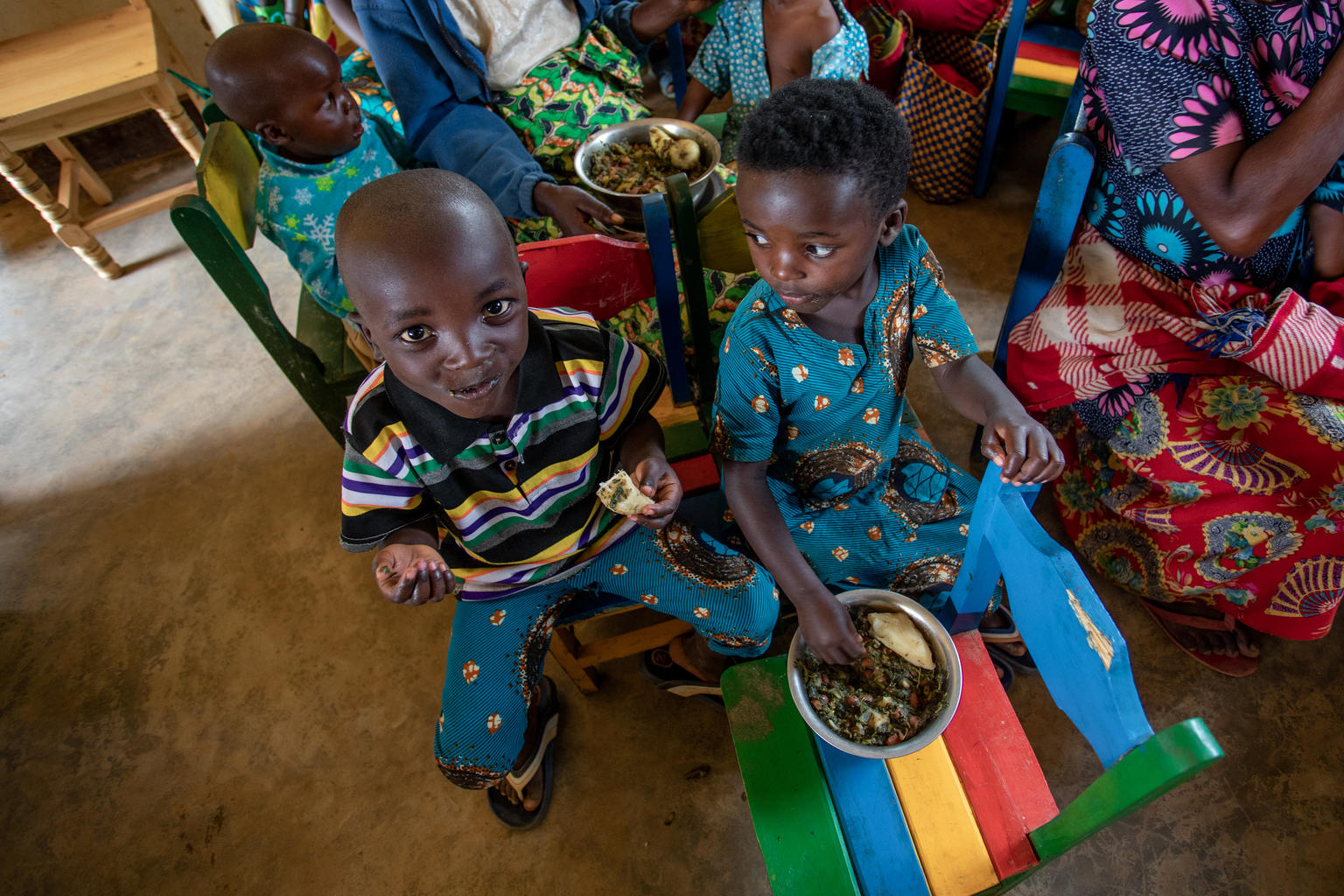
Undernutrition puts children at a greater risk of dying from common infections, increases the frequency and severity of infections, and delays recovery. This interaction creates a potentially deadly cycle of deteriorating health and worsening nutritional status. And yet at least 1 in 3 children under 5 – or over 200 million – is either undernourished or overweight, while almost 2 in 3 children between six months and two years of age are not fed food that supports their development.
The State of the World’s Children 2019: Children, food and nutrition provides the most comprehensive assessment yet of 21st century child malnutrition in all its forms: (1) undernutrition, (2) hidden hunger caused by a lack of essential nutrients, and (3) overweight among children under 5. It also warns that poor eating and feeding practices start in the earliest days of a child’s life. Although breastfeeding can save lives, for example, only 42 per cent of children under six months of age are exclusively breastfed. As children begin transition to soft or solid foods, around the six-month mark, too many are introduced to the wrong diet. The report finds that close to 45 per cent of children between six months and two years of age not eating any fruits or vegetables. Furthermore, as children grow older their exposure to unhealthy foods becomes alarming.
Overall, the greatest burden of malnutrition in all its forms is shouldered by children and adolescents from the poorest communities. Only 1 in 5 children six months to two years of age living in the poorest households eats a diverse enough diet for a health development. This disparity holds true even for high-income countries such as the UK, where the overweight prevalence is more than twice as high in the poorest areas as in the richest.
Data dashboard and statistical tables


